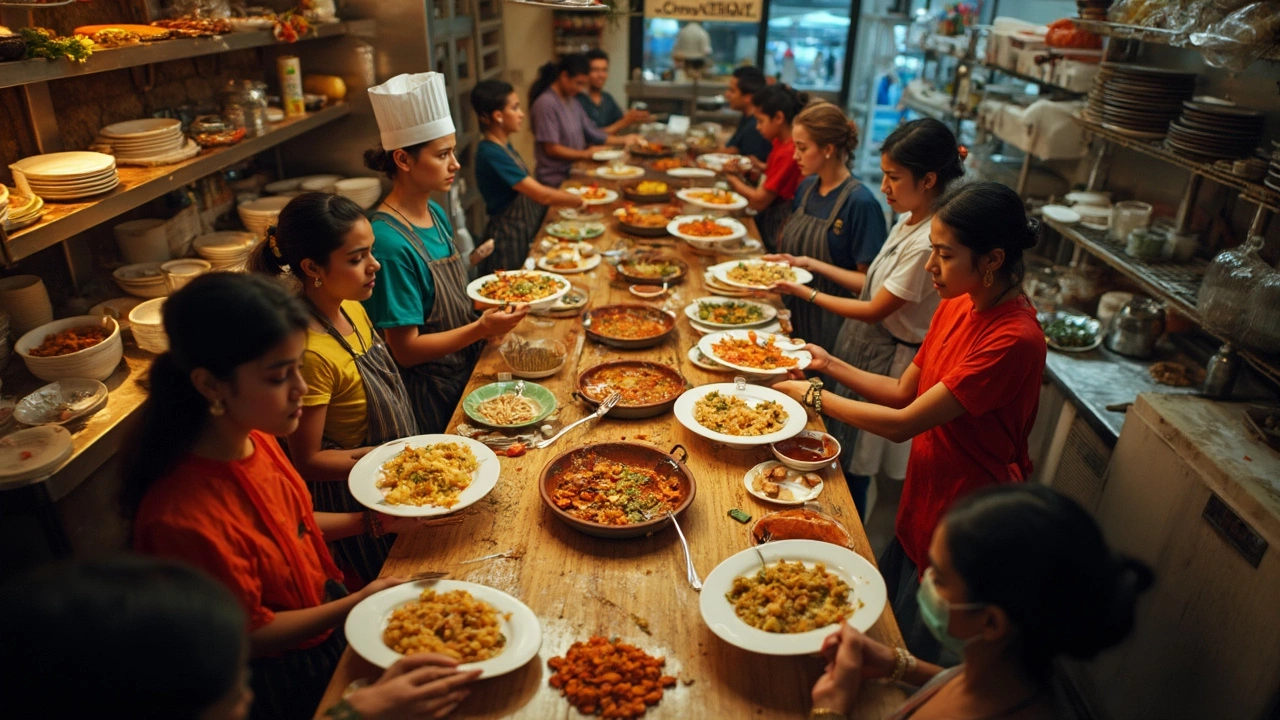Ashley Furniture factories – What They Are and Why They Matter
When exploring Ashley Furniture factories, large‑scale plants that produce Ashley’s ready‑to‑assemble home furnishings. Also known as Ashley manufacturing sites, they combine mass‑production techniques with design trends to meet global demand. Furniture manufacturing, the process of turning wood, metal, plastics and textiles into usable pieces for homes and offices sits at the core of every Ashley plant. To stay competitive, these factories increasingly adopt sustainable manufacturing, practices that cut waste, lower energy use and reuse materials wherever possible. This shift not only trims costs but also creates new factory jobs, skilled and unskilled roles that keep the production line moving ranging from CNC operators to quality‑control inspectors. In short, Ashley Furniture factories encompass a blend of traditional craftsmanship and modern efficiency, a mix that fuels the Indian furniture industry and shapes the global market.
How These Factories Connect to Broader Trends
Today’s Ashley plants illustrate three key relationships. First, Ashley Furniture factories encompass furniture manufacturing, meaning every step—from raw timber cutting to final packaging—happens under one roof. Second, furniture manufacturing requires sustainable manufacturing because customers and regulators demand lower carbon footprints and recyclable components. Third, sustainable manufacturing influences factory jobs by adding roles such as waste‑reduction specialists and energy‑audit technicians. Beyond these core links, two extra connections add depth. Plastic components, like polymer‑based armrests or glossy laminates, show how plastic usage in furniture affects the environmental impact of Ashley factories, prompting a shift toward recycled resins. Finally, the rise of regional hubs—especially in states like West Bengal and Tamil Nadu—demonstrates that the Indian furniture industry hosts many Ashley sites, leveraging local skilled labor and supply chains. These entities create a network: Ashley factories drive furniture manufacturing; that manufacturing leans on sustainable practices; sustainable practices reshape job profiles; plastic choices tweak the eco‑score; and India's manufacturing hubs provide the geographic backbone. Together they form a loop that keeps the sector adaptable and profitable.
Below you’ll find a curated set of articles that dive deeper into each piece of this puzzle. From water‑saving tips for container gardens that inspire greener factory courtyards, to the highest‑paying factory jobs in the UK that mirror the skill levels needed on the shop floor, each post adds a layer of insight. Whether you’re a job‑seeker, a sustainability officer, or just curious about how a big name like Ashley turns raw material into the sofa you love, the collection ahead gives you practical takeaways and real‑world data to help you understand the whole ecosystem.
Where Is Ashley Furniture Made? Inside Ashley's Global Manufacturing Secrets
Ever wondered where Ashley Furniture actually makes all that stylish furniture? Discover the global network behind Ashley's manufacturing, learn facts & tips for buyers.
- manufacturing
- India
- food processing
- garden tips
- rice cultivation
- government schemes
- balcony garden
- urban gardening
- balcony gardening
- profitable business
- business ideas
- plastic manufacturing
- drip irrigation
- plant care
- steel manufacturing
- sustainable gardening
- startup ideas
- steel industry
- flower gardening
- textile manufacturers





